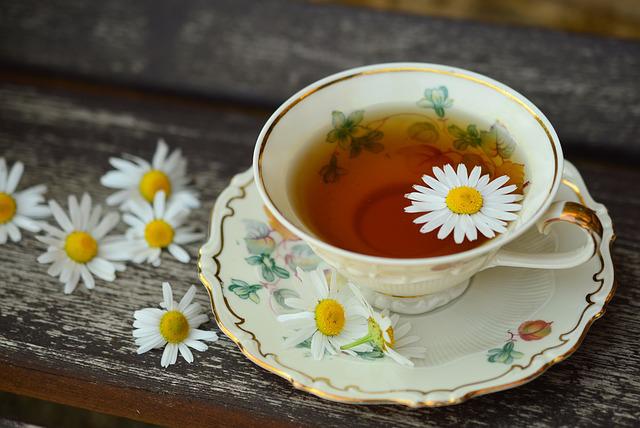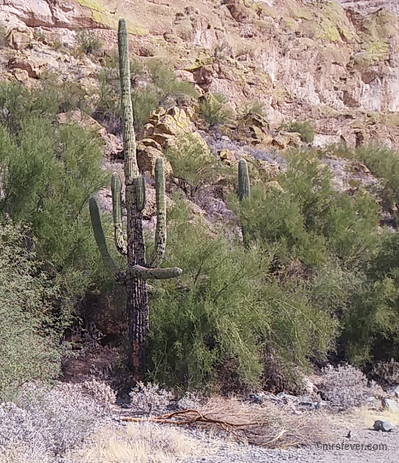
Do you like volcanoes?
I mentioned earlier this year that I had started working with some kindergarten students. One of the things we have been doing recently is learning about opinions — what you like (or don’t) — and figuring out ways to discover other people’s opinions and accept those opinions without yucking on anyone else’s Yum.
As part of this learning process, students did an activity where they asked each other questions.
Most of the questions were along the lines of, Do you like cupcakes? or Do you like playing outside? (Yes and Yes were my answers when asked!)
One rather scientifically-minded young one, however, asked: Do you like volcanoes?
And y’know…
That’s a hard question! (I told him so, too.)
I decided that my answer – for the purposes of the opinion exercise – was YES.
“Volcanoes are dangerous,” I said when giving him my answer, “but they are very interesting. So I will say yes.”
Continue reading



